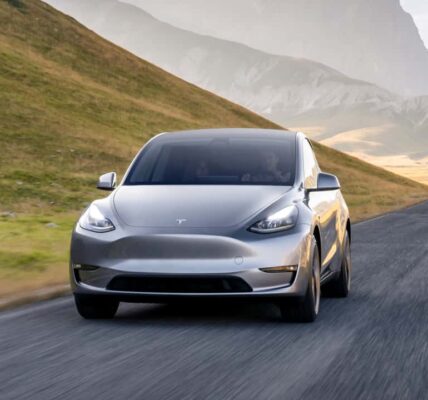Funding for India’s electric vehicle (EV) sector has nearly halved between 2022 and 2024 as policy changes and a decline in sales growth prompt investors to push for better unit economics and profitability at companies before committing further capital. According to data from Venture Intelligence, funding in the overall EV industry dropped to $586 million in 2024 from $808 million last year, while the number of deals closed stood at 44, similar to a year ago.
EV startups had racked up $934 million in 2022 on the back of investor bullishness, fuelled by government incentives for the sector. The PM-E Drive Scheme, implemented in October, aims to gradually reduce the industry’s reliance on subsidies, replacing the FAME-II programme.
Under the new scheme, subsidies for electric two-wheelers are based on battery power, with a fixed rate of Rs 5,000 per kilowatt hour (kWh) in the first year, capped at Rs 10,000.
OEMs Impacted
By comparison, the FAME-II scheme offered peak incentives of Rs 15,000 per kWh, covering up to 40% of a vehicle’s cost. FAME stands for Faster Adoption & Manufacturing of Electric Vehicles. However, in 2023, this was revised to Rs 10,000 per kWh, with the incentive cap reduced to 15% of the vehicle’s ex-factory price.
The PM-E Drive Scheme excludes subsidies for electric four-wheelers and hybrid cars. Most of the funding is raised in the original equipment manufacturing (OEM) space, which has been significantly impacted by policy changes and subsidy reductions, said Amol Deorukhakar, vice president, Avendus Capital. Among the largest investment rounds this year, Ather Energy raised $71 million from the National Investment and Infrastructure Fund (NIIF), propelling the electric scooter maker, which has filed for an IPO, into the unicorn club.
Growth Slowdown:
“If we look at the overall growth rate of EV registrations in India year-onyear, the percentage growth rates are coming down due to base effects, but the sector is still growing,” said Xitij Kothi, cofounder of EV financing startup Vidyut Tech.
More than 1.9 million EVs were sold this year, up 24.5% from over 1.5 million IN 2023, a slowdown from the 50% growth between 2022 and 2023, according to the government data from the Vahan website.
In the electric two-wheeler segment, which saw the first public listing of an Indian manufacturer in Ola Electric this year, overall sales reached 1.13 million vehicles in 2024, up from 860,000 in 2023.
New segments:
Despite the challenges, investors and stakeholders remain optimistic about the industry, driven by the Indian government’s target of achieving 30% EV penetration in new vehicle registrations by 2030.
They anticipate increased capital inflow into the sector, supported by growth in various subsegments such as component manufacturing, charging infrastructure, battery swapping, financing, and others that are gaining momentum. “Each of these is an opportunity and they are capturing a very large market,” said Arpit Agarwal, investment partner at Blume Ventures. “They’re all different parts of the puzzle and are all good opportunities.”
Whatsapp Banner With the growing adoption of battery swapping in commercial use cases, particularly for two-wheelers used in gig work like quick commerce and food delivery, this industry segment is experiencing significant growth, said Pulkit Khurana, cofounder of Battery Smart. “We surpassed 55 million swaps last month and are conducting over 100,000 swaps daily. This demonstrates the strong value proposition of battery swapping,” said Khurana. Battery Smart raised $65 million at a $340 million valuation in a funding round led by South African private equity firm LeapFrog Investments in June.







